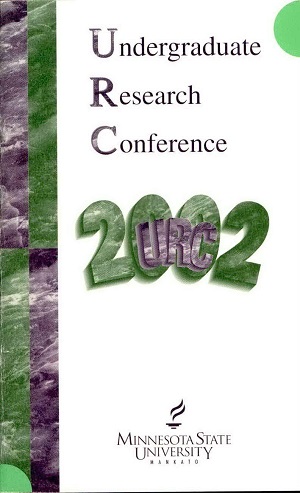Development of a Biologically Based Control System in a Two-Dimensional Simulation Environment
Location
CSU
Student's Major
Physics and Astronomy
Student's College
Science, Engineering and Technology
Mentor's Name
Louis Schwartzkopf
Mentor's Department
Physics and Astronomy
Mentor's College
Science, Engineering and Technology
Description
Standard control systems implement serial processing. However, a parallel processing network is better suited to a combination of path optimization and obstacle avoidance tasks, especially if obstacle motion follows a pattern. This research develops a biologically based neural network for temporal dynamic pattern recognition and optimization within a two-dimensional simulation environment. The parallel control system is then compared to a serial control system for measures of path and avoidance optimization. Initially unbiomi patterns, with stochastic aberrations, are used for obstacle motion. The neural network and serial control system are compared for measures of adaptation and pattern recognition for avoidance optimization. Measures of path optimization are also analyzed for both systems. Finally, the plausibility of extending these results to a three-dimensional environment is discussed.
Development of a Biologically Based Control System in a Two-Dimensional Simulation Environment
CSU
Standard control systems implement serial processing. However, a parallel processing network is better suited to a combination of path optimization and obstacle avoidance tasks, especially if obstacle motion follows a pattern. This research develops a biologically based neural network for temporal dynamic pattern recognition and optimization within a two-dimensional simulation environment. The parallel control system is then compared to a serial control system for measures of path and avoidance optimization. Initially unbiomi patterns, with stochastic aberrations, are used for obstacle motion. The neural network and serial control system are compared for measures of adaptation and pattern recognition for avoidance optimization. Measures of path optimization are also analyzed for both systems. Finally, the plausibility of extending these results to a three-dimensional environment is discussed.



